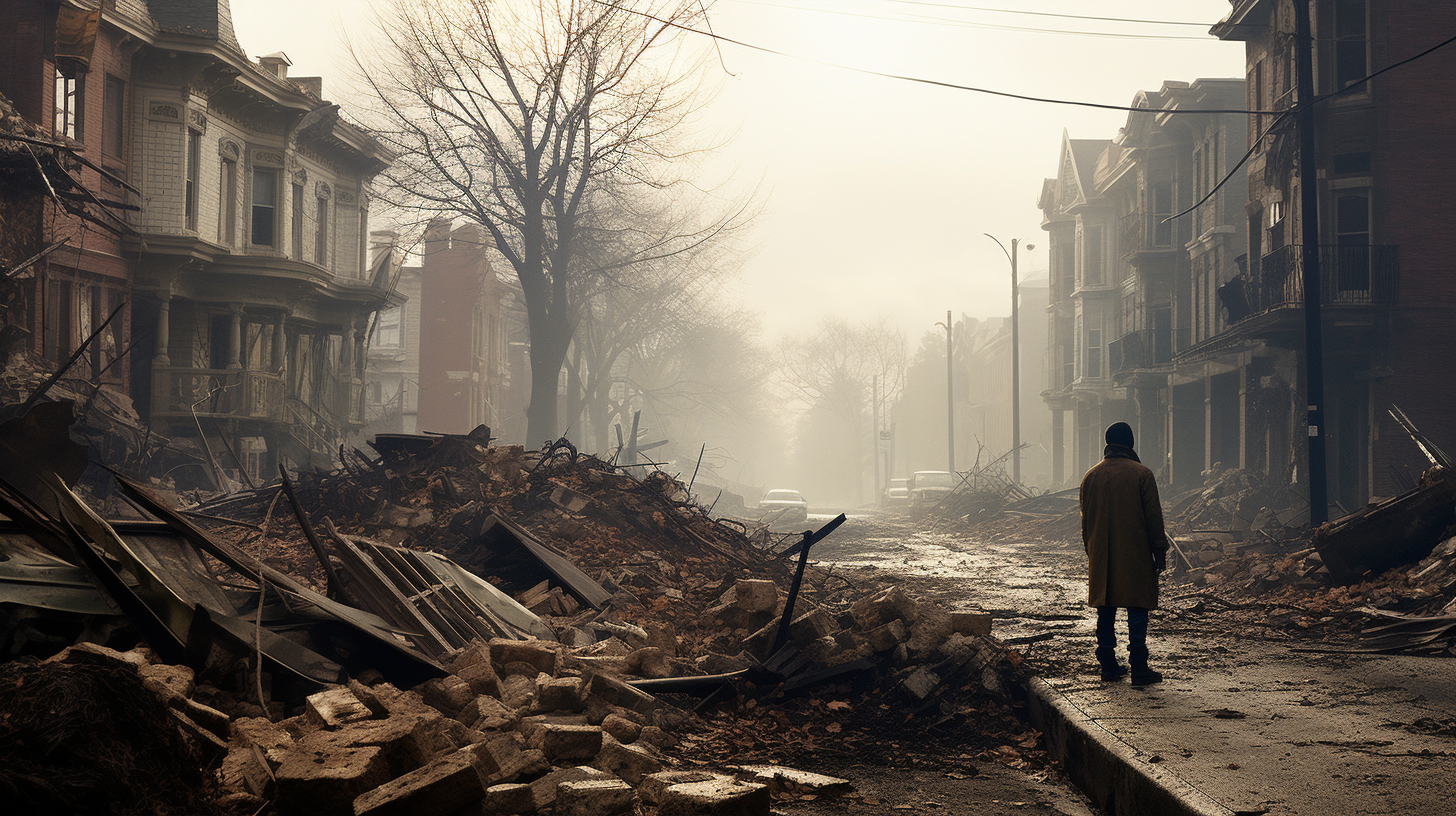In a world where the ravages of climate change and environmental catastrophe have become commonplace, the fight to preserve the physical imprints of our past is more desperate than ever. This ongoing battle is not just about saving bricks and mortar; it’s about maintaining a tangible connection to the world as it once was – a testament to human achievement and a beacon of history amidst a flood of desolation.
Against the Tide of Time
As environmental disasters continue to accelerate, bulldozing the landscapes of our planet, enclaves of historical significance are increasingly threatened. From the decaying architecture of once-splendid metropolises to the crumbling ruins of ancient civilizations, the guardians of these relics stand on the front lines, armed with little more than sheer will and an enduring respect for days gone by.
“Our heritage is our identity,” states Mariah Voss, the head of the Global Historical Preservation Unit. “Each stone, each manuscript, is a thread in the tapestry of human history. If we lose these, we become untethered from the lineage of those who came before us – adrift in a sea of ecological chaos without the anchor of our forebears’ wisdom.”
The Battle for Resources
Allocating resources to the protection of historical sites has become a topic of hot debate. In nations grappling with food shortages, climate refugees, and the ever-looming threat of new natural disasters, funding preservation efforts is often seen as less than vital. Critics argue that in the face of dire human needs, the fight to save a monument or a museum is a luxury we can no longer afford.
Yet, advocates of historical preservation counter with the notion that these enclaves are more than mere relics. They are the repositories of human culture and knowledge – the blueprints of societal advancement and a reservoir of inspiration for future generations who may face similar challenges. “Remembering the past is integral to understanding our present plight and reimagining our future,” asserts Varun Dhara, an environmental historian.
Engineering Tomorrows
Through the lens of dystopia, we explore how some communities are employing radical measures. Innovative engineering projects have emerged, seeking to shield vulnerable sites from the onslaught of climate effects. From reinforced domes over ancient city squares to sophisticated climate-controlled archival vaults, these projects represent a spark of creativity in the face of overwhelming odds.
However, the question remains – are these solutions sustainable in the long term, or are they simply delaying the inevitable? As seas encroach upon the shores and sandstorms bury the land, even the most ambitious engineering feats may soon be relegated to the pages of history themselves.
In the Shadows of Giants
Similar to the narrative woven in the previous articles, ‘Arid Legacies – The Cultural Cost of Desertification’ and ‘Shattered Canopy – When Skies of Green Fade to Brown,’ this tale of persistence is tinted with the melancholy understanding that we are likely witnessing the last stand of many historic havens. The notion of what legacy we are leaving for future generations permeates each initiative, highlighting a juxtaposition between action and acceptance of our potential demise as both a civilization and a custodian of the past.
In closing, it is in these enclaves of the past that we find the echo of our once green planet – a reminder of what we’ve lost, but perhaps more importantly, a lingering whisper of what we still have left to fight for. In a perverse twist of fate, our dystopian present serves to elevate these fragments of heritage, casting them as defiant beacons in a darkening world. For as long as they stand, they remind us not just of the glory of yesteryears, but also of the tenacity of the human spirit – perennially struggling against the slow suffocation of our shared legacy.
